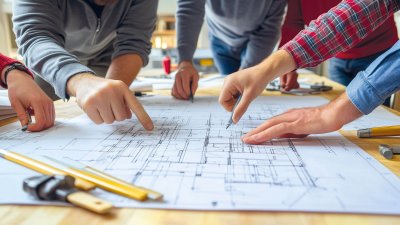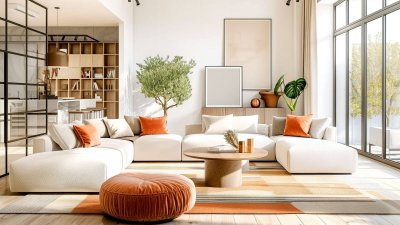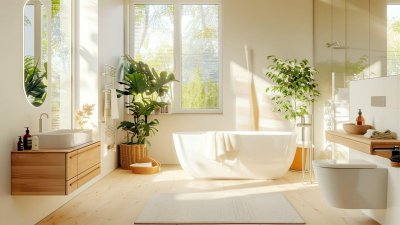Accessibility is no longer just an issue for the elderly - it means one thing above all: comfort for everyone. Whether young families with baby carriages, people with temporary disabilities or senior citizens who want to live with foresight - a barrier-free property offers many advantages. Those who convert at an early stage create a home that can be used flexibly in the long term.
Typical measures with a big impact
Even small adjustments can make everyday life noticeably easier: stepless access, wider doorways or level-access showers are just a few examples. Non-slip floor coverings, easily accessible light switches and sufficient maneuvering space also make rooms more comfortable. When planning, you should make sure that adjustments to the floor plan can be easily implemented if necessary - for example, by moving walls or flexible use of space.
Subsidies and financial support
Barrier-free construction and conversion is often subsidized. The KfW grants low-interest loans and subsidies - even for individual measures such as installing a stair lift, converting a bathroom or replacing door thresholds. Many federal states and local authorities also offer their own programs. Advice at an early stage helps to make the best use of subsidies and avoid bureaucratic hurdles.
Increasing the value of the property
Low-barrier apartments are not only future-proof - they are also easier to market. The demand for age-appropriate living space is growing steadily. Those who invest today will benefit in the long term: both when renting and when selling later. Barrier-free access, modern bathrooms and well thought-out floor plans without obstacles are particularly in demand.
Conclusion
Barrier-free living is a benefit for all generations. Owners who design their homes with foresight and comfort in mind increase their quality of life and secure a valuable advantage in the real estate market. An investment that pays off both practically and financially.
© immonewsfeed




